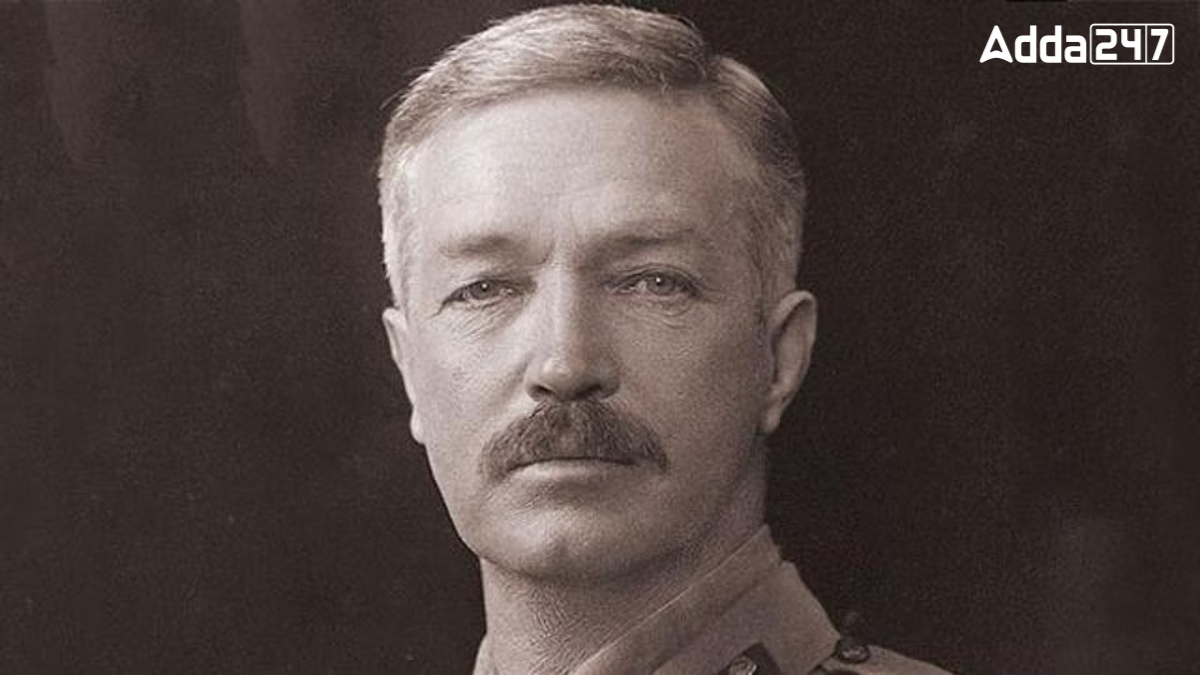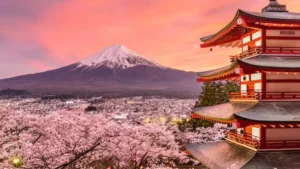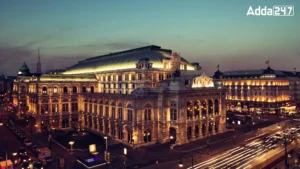General Reginald Edward Harry Dyer played central and highly controversial role in the Jallianwala Bagh massacre that occurred on 13 April 1919 in Amritsar, Punjab. His decision to use deadly force on a peaceful gathering left deep scars in Indian history and became a turning point in the Indian struggle for independence.
Arrival in Amritsar
General Dyer was the commandant of the infantry brigade in Jalandhar. He arrived in Amritsar on 11 April 1919, following unrest and violence in the city after the arrest of two nationalist leaders. Dr. Satyapal and Dr. Saifuddin Kitchlew. Dyer believed strict military action was needed to restore order.
Imposition of Restrictions
On the morning of 13 April 1919, Dyer issued public proclamations in the city. He banned all public gatherings and warned that any assembly of more than four people could be fired upon. However, the orders were not widely heard or understood by the common people.
Planning and Execution of the Massacre
Upon learning of a public meeting planned at Jallianwala Bagh, Dyer saw it as an act of defiance. Without issuing any warning or asking the crowd to disperse, he marched into the Bagh with 50 armed soldiers. The place had only narrow exits, and Dyer positioned his troops at the main entrance to block escape routes. He ordered his men to open fire on the unarmed crowd. The firing continued for about ten minutes until the ammunition was nearly exhausted, resulting in hundreds of deaths and injuries.
Dyer’s Justification
Dyer later stated he wanted to produce a “moral effect” on the people and teach them a lesson for disobedience. He admitted that he had not issued any warning before firing and had no regrets for his actions. He believed that his decision had prevented a greater rebellion.
Aftermath and Controversy
Dyer’s actions were condemned by the Hunter Commission, which called his use of force unjustified. Though he was forced to retired, he was praised by some British supporters. On the other hand, many Indian leaders strongly protested his brutality. Rabindranath Tagore returned his knighthood in protest, and the incident became a symbol of colonial oppression.



 Which Country is Known as the Land of Ch...
Which Country is Known as the Land of Ch...
 Which Bird is known as the King of Birds...
Which Bird is known as the King of Birds...
 Which City of Austria is Known as the Ci...
Which City of Austria is Known as the Ci...







